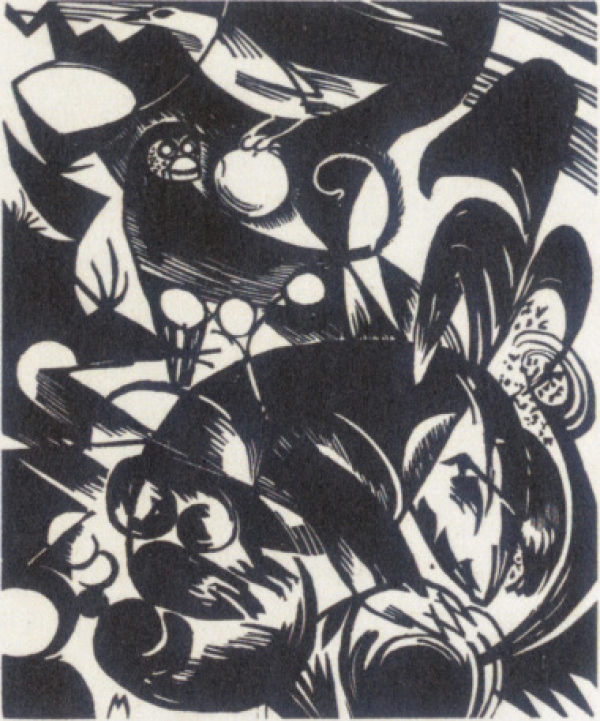
BY Geneva Pattison
This year marks the centenary of Bauhaus, a movement within the Art and Architecture humanities. To mark the occasion, the National Museum has acquired four portfolios, comprising 52 woodcuts prints, lithographs, lino cuts and etchings on loan from the Staatsgalerie in Stuttgart.
This groundbreaking movement was established after Germany was defeated in WW1 and the era of the Weimar Republic began. The newly-established and more liberal Weimar Republic enabled artists the freedom to express themselves through more experimental forms of art.
Walter Gropius established The Bauhaus school in 1919, driven by the desire to remove elitism from among the art community and his wish to reinforce that there was “no essential difference between the artist and the craftsman”. The school championed all principles of good design, with an emphasis on clean lines and eye-catching elements.
As the years progressed, Europe saw tensions increase during the lead-up to WW2. The extreme right’s popularity grew in Germany and the Bauhaus artists found themselves condemned as “degenerate artists”. To keep the Bauhaus school of art alive, all involved eventually scattered to the four winds to ensure their spirit of freedom survived.
Artists on show in the exhibition include Wassily Kandinsky, Max Pechstein, Umberto Boccioni and Natalia Goncharova amongst others. Walking into the exhibition space, I was immediately captivated by a monochrome woodcut print on the back wall of the first room.
“Creation I” by Franz Marc is an elegant abstract masterpiece. Marc was drawn to nature, and animals were the subject of most of his mature artworks. He felt that animals represented innocence and had a spiritual connection to the world, more so than men. Although he is primarily known for his exploration of colours as emotion through cubist-esque paintings, his black and white prints are just as beautifully nuanced in composition.
Upon first glance, the naturalistic, inky black curves of the piece seem to envelope most of the print. However, these are offset by an undercurrent of harsh lines which run throughout. These stark lines present a sense of hidden danger. Perhaps a representation of man’s ability to take over or remove the organic shapes of nature or maybe a representation of nature’s ability to fight back in difficult circumstances.
Marc’s style ranges from Cubist to German Expressionism. If you ever come across his other colourful paintings you can see elements of Futurism in his use of colours and form. Although Franz Marc died tragically young in 1916, before the advent of the Bauhaus, he played a pivotal role in influencing it by enriching the artistic landscape of Germany during WW1.
Another print that stood out was “Hoffmannesque scene” by Bauhaus master Paul Klee. From a young age Klee had a palpable talent for drawing, and eventually studied for a degree in fine art. Early in his college career he found out that he didn’t have a great grasp of colour in the traditional sense, which played a part in his development as an experimental artist.
Many of his early etchings exhibited child-like exaggerations of figures, grotesque in form and inspired by Greek comedies and tragedies. This piece of his later work on show in the gallery is similarly influenced by another piece of writing, E.T.A Hoffmann’s “The Golden Pot”. The Romantic German fairy tale follows a young man who falls in love with a benevolent snake in a tree and upon having received a dowry of a golden pot from her alchemist father, he is cursed by a witch.
In the etching we see a young man at the base of the picture looking upwards towards a tree and towards the centre a mysterious vessel, potentially the golden pot. Although primitive in appearance, “Hoffmannesque scene” illustrates a communion between Klee’s own Romantic leanings through warm colour and storytelling and the design incorporating the forward-looking principles of the Bauhaus.
In 1920, Walter Gropius gave Klee a key position in the Bauhaus school. He was beloved by many of the students, with some of them going as far as dedicating their works of art to him.
Bauhaus paved the way for modern graphic design to thrive as it does today. The free exhibition in the National Gallery will be showing until December 1st and will interest lovers of design, art and history alike.
To find out more about the history of Bauhaus visit the official centenary website.



